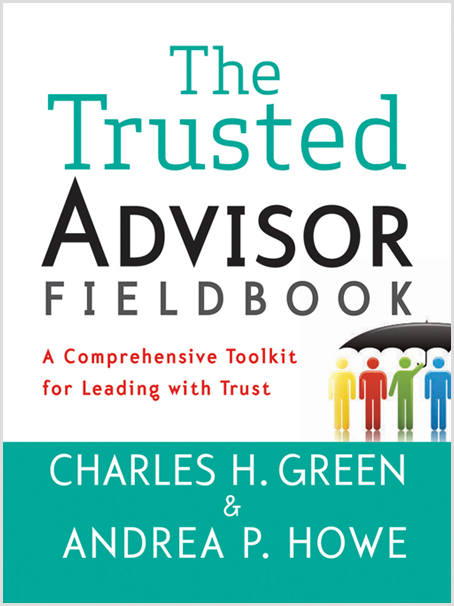This post is part of our Weekly Tips series.
Have you ever had an awkward moment greeting a client, where the unspoken question for both of you was, “Should we hug?” While this question might seem silly (or even unprofessional) on the surface, don’t bail on me just yet. I think it actually gets to the heart of some important trust-related issues. Over the years I’ve discovered four simple guidelines that help me sort out the right answer.
This dilemma seems to arise for me most often with clients who fall in two categories:
1 – Business friends. These are clients with whom I don’t necessarily socialize outside of work, but with whom I have established a relationship that’s far more than strictly business. These are relationships marked by candor, warmth, and genuine caring.
2 – Personal friends who have become clients. These are clients with whom I had a personal relationship before we did any work together.
In these cases, a handshake can seem completely inauthentic because it’s too formal and distant, and yet a hug might be too much. You and I both know what happens as a result: you either do nothing and feel weird about it, or you end up doing that herky-jerky-movement thing, like two chickens in a barnyard—one of you sticks out our hand while the other moves in for a light embrace, then you both pull back and switch, trying to match the others’ first move.
[Tweet “The #trust equation teaches us to value intimacy—not fear it—through emotional connectedness with clients; to dare to show others that we care about them and relate to them as human beings. That just might include … hugging? #getreal”]
The trust equation teaches us to value intimacy—not fear it—through emotional connectedness with clients; to dare to show others that we care about them and that we relate to them as human beings. And yet the question, “To hug or not to hug?” raises all kinds of ancillary questions:
- What if your client doesn’t like to hug anyone?
- Should the rules be different depending on whether your client is a man or a woman? The same gender or different gender?
- How do cultural norms factor in? What if you’re in a country where hugging might be off the table but kissing isn’t?
As with so many trust-related topics, there’s rarely one right answer. Perhaps you have more to add to the list of guidelines I’ve developed over the years:
- Be sensitive to your client’s preferences. Pay attention to their cues. Get to know their cultural norms.
- And yet … don’t play it too safely. You’ll never distinguish yourself, and develop deeper levels of intimacy, without taking a risk or two. The hug moment might be just the right time and place.
- If I feel moved to hug but I’m not sure my client feels the same way, I’ll simply ask, “Are you a hugger?” The result might be a hug or an interesting dialogue or both—all good from a trust-building standpoint.
- If the outcome is still uncomfortable, then try laughing about it. There are far worse things you could have done in the interest of building the relationship. Besides, sometimes shared awkward moments are the most memorable—in a good way.
By the way, if you’ve never had a weird hug moment, there’s a good chance you’re not taking enough personal risk. So hug it out and see what happens.
Make It Real
This week, go on a hug rampage. Just kidding; don’t do that. Do be on the lookout for opportunities to connect a little more authentically with those you feel genuinely close to.
Learn More

Brush up on Intimacy 201, or read a story about how a personal touch led to a really big gig in Chapter 11 of The Trusted Advisor Fieldbook.
Andrea Howe
Latest posts by Andrea Howe (see all)
- A lesson from my own trust “fail” in my first-ever client meeting - April 15, 2024
- Why choosing silence in the face of awkwardness can be a trust tragedy - March 21, 2024
- What NOT to do when you think you’re being ghosted - February 21, 2024
